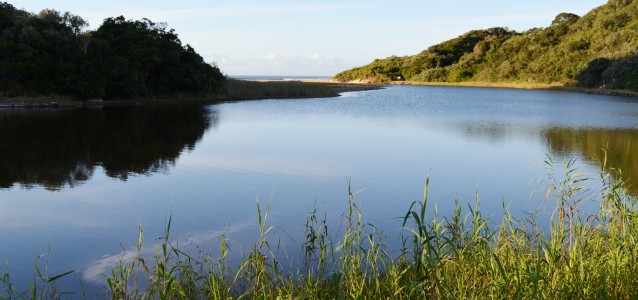As the world gets hotter and, in many regions, dryer, thanks to our love of fossil fuels, the technologies required to reduce emissions might be too water dependent to be sustainable. The US Department of Energy last week released a report that looked at how resilient the US power infrastructure is to climate change, and found that the biggest users of water are fossil fuel and nuclear power plants. Almost 50% of water consumption in the country is used to cool these plants and drive turbines.
However some renewable energy sources also use a lot of water, for example Hydro-power stations, which require large reservoirs to generate power. Other sources use water indirectly, through irrigation of bio-crops and washing solar panels, for example.
The Department of Energy’s National Energy Technology Laboratory, whose figures are cited in the report, estimates a typical hydroelectric power plant uses between 15,000 and 68,000L of water per megawatt hour generated, while a typical concentrating solar plant – which uses mirrors to focus sunlight onto a small area – uses about 3000L of water per megawatt hour of electricity generated.
The figures also show that a nuclear power plant uses 2650L per megawatt hour; whereas a typical coal fired power plant uses 1900L and a natural gas plant 750L. More widely used renewable technologies, such as wind farms and photovoltaic solar plants, use virtually no water.
I have several issues with this paper, firstly it appears to assume the water used by power stations is “used up” and cannot be recovered when in the case of hydroelectric power stations, and this water exists in liquid form, but has less energy. Any water which evaporates from the surface of the reservoir, or from a nuclear/coal power station feeds back into the hydrological cycle and the report does not address these issues.
There was no distinction between drinking and waste water quality. The report appears to assume all water is the same, when in reality the water used in power plants is not always safe for human consumption or crop irrigation. I think it would be wasteful to NOT use the water for generating energy if it cannot be used for anything else.
A report by ABC news in Australia showcases a promising project. Reading this paper got me thinking about what South Africa is doing to adapt to climate change in energy policy. South Africa is clearly conscious of investing in sustainable technologies; namely solar water heaters for hot water supply, concentrating solar power to generate electricity, large-scale photovoltaic systems and wind farms. I am very interested in renewable energy especially in the context of climate change, but suspect I may have oversimplified my analysis of this report, so any suggestions or comments are very welcome.
Reference
http://www.unep.org/energy/Portals/24176/Publications/10Edkinesetal-Renewables_roadmaps.pdf
